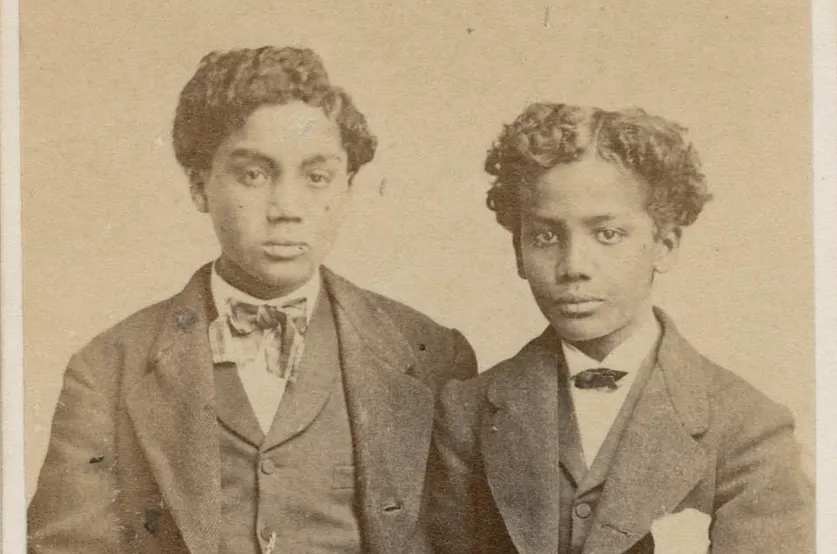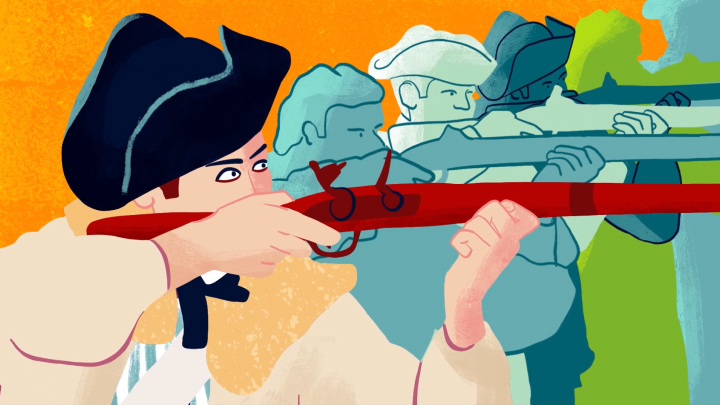What is history?
How can studying the past help us understand the present?
Historical Period
Skills and ConceptsWhat is history and how do we study it? Explore the difference between primary and secondary sources, why it’s important to search for more than one source, and why learning about our past can tell us more about our present.
00:00:04 The Ancient Egyptians. The American Revolution. The Moon landings.
00:00:11 What do they all have in common? They are all part of history.
00:00:17 History is the study of events that happened in the past:
00:00:21 By learning about exciting discoveries, important battles, and people's everyday lives, we can understand the past - and see how it affects communities today.
00:00:32 People can learn about history in many different ways.
00:00:35 Objects like clothing, tools, and games can show us how people lived and worked in the past.
00:00:41 Important documents, like the Constitution, can show us how leaders thought at the time.
00:00:46 We can also read books and diaries to find out about people's lives.
00:00:51 And study paintings and photographs to see how the past might have looked.
00:00:58 History is also shared through stories that are passed down, often from family member to family member, sometimes over hundreds of years.
00:01:06 These are called oral histories because they are spoken, not written.
00:01:12 But when studying history, it's important to remember that some sources might not tell the whole story or may include mistakes.
00:01:20 So it's important to check multiple sources.
00:01:24 Learning about history is important because it helps us understand different cultures, ideas, and traditions from around the world.
00:01:33 And by looking at what happened in the past, we can better understand our world today.
What is history and how do we study it? Explore the difference between primary and secondary sources, why it’s important to search for more than one source, and why learning about our past can tell us more about our present.
00:00:04 The Ancient Egyptians. The American Revolution. The Moon landings.
00:00:11 What do they all have in common? They are all part of history.
00:00:17 History is the study of events that happened in the past:
00:00:21 By learning about exciting discoveries, important battles, and people's everyday lives, we can understand the past - and see how it affects communities today.
00:00:32 People can learn about history in many different ways.
00:00:35 Objects like clothing, tools, and games can show us how people lived and worked in the past.
00:00:41 Important documents, like the Constitution, can show us how leaders thought at the time.
00:00:46 We can also read books and diaries to find out about people's lives.
00:00:51 And study paintings and photographs to see how the past might have looked.
00:00:58 History is also shared through stories that are passed down, often from family member to family member, sometimes over hundreds of years.
00:01:06 These are called oral histories because they are spoken, not written.
00:01:12 But when studying history, it's important to remember that some sources might not tell the whole story or may include mistakes.
00:01:20 So it's important to check multiple sources.
00:01:24 Learning about history is important because it helps us understand different cultures, ideas, and traditions from around the world.
00:01:33 And by looking at what happened in the past, we can better understand our world today.
Export Slides & Handouts
This video is ready-to-go as a presentation for classroom facilitation with questions, vocabulary and transcripts via Google.
What is history?
Viewing:
Comprehension Questions
Designed to boost comprehension, build knowledge, and increase retention – use these questions to help solidify student understanding and hone in on key ideas from the video.
Gist
-
1.
What is history?
-
2.
Why is it important to study the past?
-
3.
What are the different ways we can learn about history?
building ideas
-
4.
Why is it important to use multiple sources when learning about history?
-
5.
How do oral histories help us understand our past?
-
6.
How does learning history help us understand the world?
synthesis
-
7.
The video listed a few examples of sources that you might use when studying history, such as objects, documents, and artwork. What are some other sources that you can think of and what types of information might they tell you about the past?
-
8.
What are some questions we could ask to help us better understand the history of our families, school, community, or state?
-
9.
Imagine that you find a diary from a kid who lived in your town fifty years ago. What information might you learn from the diary? How might you use multiple sources to help you understand the diary? Why might this be important?
-
10.
What would you like to learn about the past that might help you understand what is happening in our world today?
Vocabulary
Use these related vocabulary terms to build students’ understanding and support more meaningful discussions and learning outcomes in your classroom.
Definition
language, ideas and beliefs, inventions, and art of a certain group of people
Example
Fourth graders study the culture of our state's Indigenous peoples, learning about how they live and work, their beliefs, artwork, ideas, clothing, and food.
Definition
a written or printed paper that gives information or proves something
Example
A birth certificate is an important document that shows when and where someone was born.
Definition
anything that has a shape and can be seen or touched
Example
A pencil was the only object on the student’s desk.
Definition
information about the past that is not written down but shared by talking or story telling
Example
Many families pass along the oral history of their family from one older family member to a younger family member.
Definition
something or someone that gives information
Example
The news reporter interviewed many sources for their report to ensure it told the complete story.
Found in This Collection
(1)
There’s even more for Beta Users
Get Access to Everything
More Videos In:
Skills and Concepts
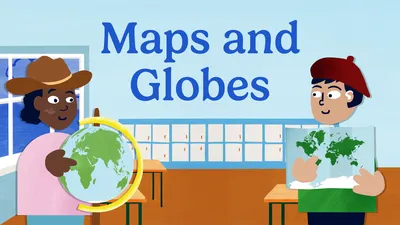
2:09
EDUCATIONAL video
Maps and Globes
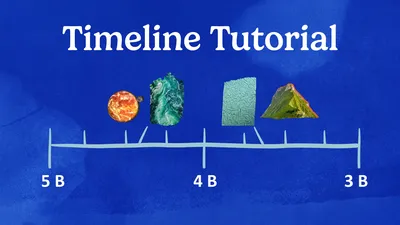
1:50
EDUCATIONAL video
Timeline Tutorial
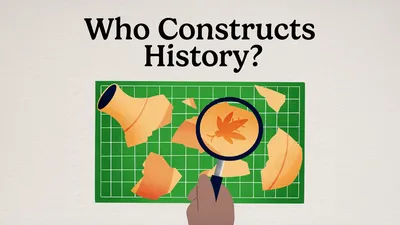
1:53
EDUCATIONAL video
Who Constructs History?
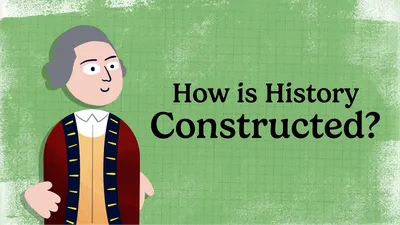
2:00
EDUCATIONAL video
How is History Constructed?
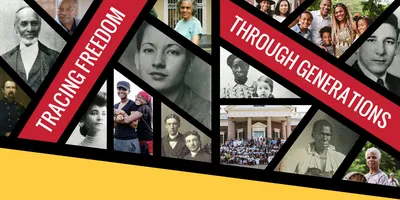
4:02
EDUCATIONAL video
The Getting Word Oral History Project
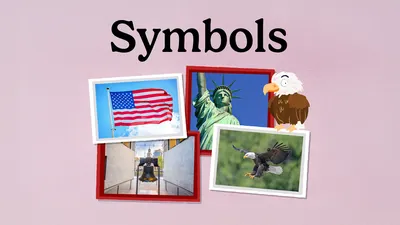
1:58
EDUCATIONAL video
Symbols
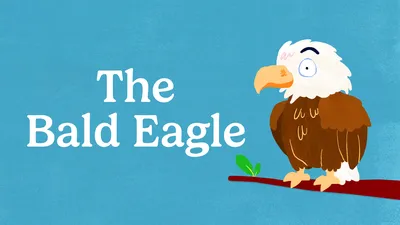
1:43
EDUCATIONAL video
Bald Eagle
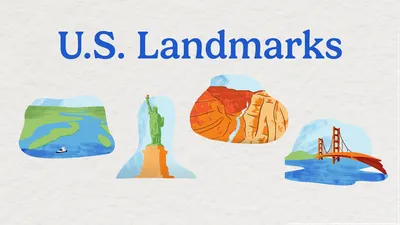
2:03
EDUCATIONAL video
U.S. Landmarks


